

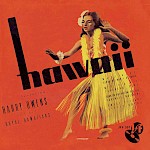

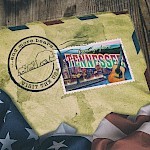

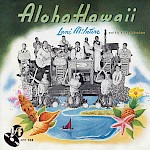

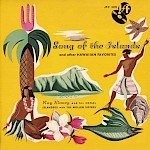
Slip into your ’46 Ford or ’53 Chevy and take an imaginary journey with us back to an America that barely exists anymore. There are no freeways and few interstates so the roads are rough and the driving is slow. But the scenery more than makes up for it.
All you’ve got to do pick a destination. What’ll it be? Georgia? Alabama? Texas? Tennessee? Oklahoma? Choose your favorite and settle back. Seatbelts haven’t been invented yet so drive carefully and enjoy every minute of your musical journey.
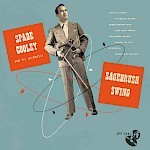
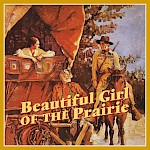
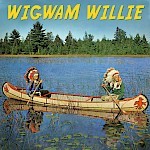



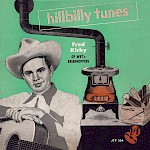

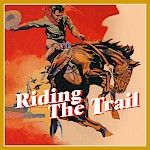
There was a time when Cowboys and Indians were a major force in American popular culture. Close to half of the top rated TV shows in the 1950s and early ‘60s were westerns. Names like Gunsmoke, Bonanza, Have Gun Will Travel, and Maverick are still part of our consciousness. More than half the motion pictures filmed in the 1930s and 40s were westerns, most of which were made cheaply and quickly. They rarely lost money and they were the birthplace of major stars like John Wayne, Roy Rogers, and Gene Autry. Cowboys were not realistically portrayed, but Indians were the big losers. Most of what Americans knew about Indians was fed to them by Hollywood screenwriters who typically knew as much about real Indians as they did life on Mars. But those Indian stereotypes struck a chord with American audiences and for years our vision of Native Americans was shaped by what we saw and heard in movies, radio, TV, and in the comic books.
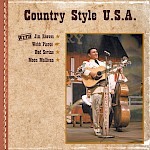
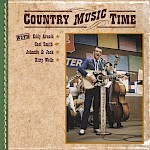
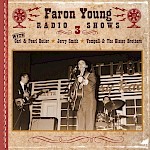

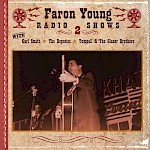


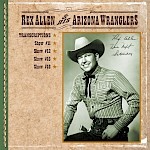
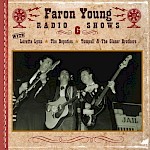
In the 1950s and early 1960s, the Army, Navy and Airforce produced Live Country Music Shows at the Bradley Studio in Nashville, Tennessee.
These shows are particular interesting as you can hear many famous Country artists in an informal atmosphere.
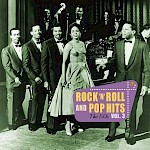








Born of R&B, gospel and hillbilly boogie, we present examples of vintage rock & roll from the early practitioners to the early 1960s.


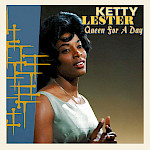


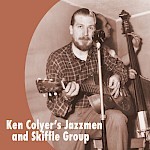

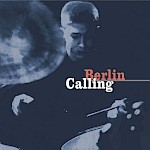
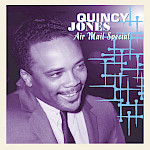
Jazz may have started in New Orleans, but by the 1940s and ‘50s it 'modernized' its approach with the sound of pianist/band leaders like Count Basie and Duke Ellington and soon to be popularized by Glenn Miller and The Andrews Sisters. Since Jazz music has a lot of faces we present here a variety of international jazz recordings.
Lionel Hampton is one of the biggest names in Jazz although he is called the Hamp, the King of the vibraphone, and his presentation here is mandatory. Let's slip to postwar Germany when liberated jazz musicians could act out their music again. 'Berlin Calling' and 'Jazz aus der Eierschale' (Jazz from the eggshell - egshell = Eierschale, name of a famous jazz club) shows intensively the greatness of German jazz musicians in collaboration with international jazzers.
Ella Fitzgerald and Artie Shaw are two more big names in the history of jazz. We present here their finest live appearances from the 1930s, both concerts in high quality sound in consideration of the then technical possibilities.
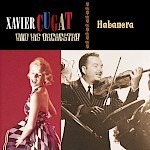

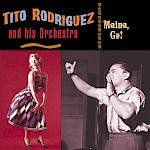


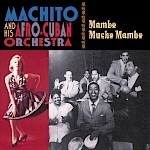


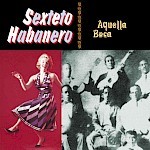
Latin music used to consist of novelty items or dance crazes by best-selling artists like Perez Prado and Tito Puente, who hailed from Cuba or New York’s Puerto Rican community. But with Latino culture the fastest growing segment of American society, Latin music is fast becoming part of the mainstream.
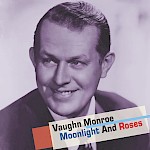
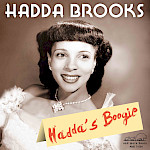
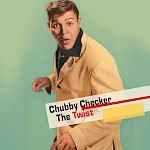



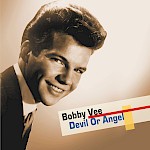


With its roots in big band music, 1950s pop moved the spotlight off the band leader and focused it squarely on singer/stylists like Frank Sinatra, Doris Day, Johnnie Ray, Dean Martin and a variety of other artists. Exceptions appeared when latin dances such as mambo, rhumba and tango became popular (think of band leader Perez Prado). Besides rock'n'roll music, smooth easy listening vocal pop, romantic lounge music, hot latin rhythms,and space age dance music dominated the charts throughout the 1950s and early 1960s.
We present an anthology of the internationally successful British pop singer Eve Boswell on two volumes from the above period with recordings sung in different languages. Also originally from Britain comes Mona Baptiste. We present here her best British recordings.
Dance floor and ballroom fillers are these two compilations: Made for dance adicts as a pre-rock'n'roll and jive dance craze, the Jitterbug replaces your fitness center as well as the hot Sambas that also gets a latin flavor into your living room.
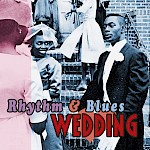
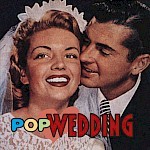


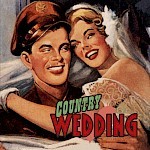
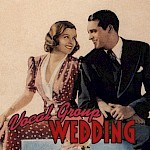

Marriage is not only something to dream about, it means something special to people since the first human beings started to live on planet earth. As a mirror of time, the music industry and its artists always gave marriage and weddings a tremendous major theme in music history.
Here are various compilations as fine examples around marriages, weddings and church bells that may ring. Compiled in the categories of country & western, rhythm & blues, rock'n'roll or simply vintage pop music, this is the best soundtrack for the most wonderful day in your life or at least for your own wedding dreams.
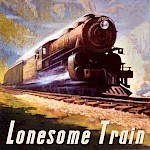
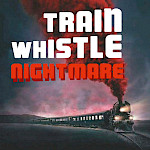
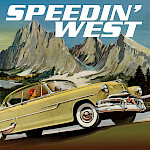

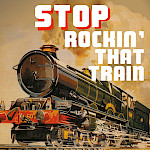
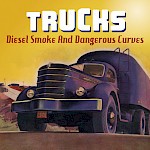
Trucks and trains were essential to the building of America. Freight trains and road trains provided the chugging conduit to move goods of every size and kind across the states, and passenger rail moved the people that bought those goods from one end of the U.S. to the other before air travel grew endemic. A great many songwriters used the romantic notion of rail travel and the tough lifes of truckers as inspirations for their melodic creations. Depending on the composer, a train song could be about the majesty of a cross-country jaunt, the plight of a hobo in an abandoned railyard, a fast trip to heaven aboard a gospel train, or a double-entendre-loaded blues ditty, while eight-wheelers and truckers on their long journeys from coast to coast, from Canada to Mexico or even South America, had a tough life on dusty roads and highways from snowy plains to desert roads, often described in country and rockabilly songs. Truckin' down the avenue, having the freight train boogie in mind. These full-speed-ahead collections gets you on an adventure trip through some of the greatest themes ever issued in the genres by an all-star array of country, blues, and rock and roll luminaries. All aboard—it’s going to be a wild trip!
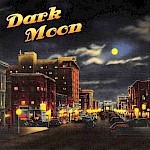
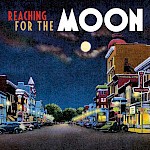
Since ancient times it’s been a source of romance, superstition and wonder. The tides are moved by it. So are werewolves, and so is a young girl’s heart.
Songs and sonnets have been written, and curses have been uttered in its name. Here, we’ll leave the sonnets and werewolves alone and focus on the songs. This is but a small sample of the literally thousands of moon songs written and recorded in all genres of music: popular, classical and jazz. Every type of popular music has taken the moon to its heart: urban pop, hillbilly and blues/R&B. The moon has inspired singers and composers of all nationalities and musical persuasions.


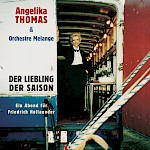

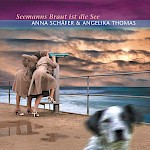
Von seinen Anfängen vor knapp 140 Jahren bis heute steht Kabarett für Zeitkritik – ob gesprochen, gesungen oder gespielt. Werner Schneyder, einer der Großen dieses Metiers, meinte einmal: „Kabarett ist szenische Darstellung von Satire. Satire ist die artistische Ausformung von Kritik.“ Mit einem Blick in die Geschichte könnte man jedoch fast glauben, dass Kabarett seine besten Zeiten immer dann hat, wenn es um die Verhältnisse der Gesellschaft nicht gut bestellt ist. Vielleicht kam der Psychoanalytiker und Philosoph Erich Fromm daher auch zu dem Schluss, „… Der politischen Satire fehlt in der freien Demokratie die Stoßkraft, die der Widerstand der Gewalten schafft.“ Unabhängig davon bleibt aber wahr, was Rolf Ulrich, Chef der Stachelschweine, 1961 sagte: „Kabarett ist nicht l’art pour l’art, sondern kämpferische Aussage gesinnungsfundierter Inhalte.“ Über die man auch lachen kann (und soll).









When it comes to the wide category of country music, most people think of popular Nashville country pop productions of the last three decades. But country has an even longer tradition that we present here. Country music represents American history from its first seddlers to its longtime popularization since World War II. From oldtime country and western swing via bluegrass, honky tonk, and hillbilly music to modern country pop songs made in Nashville, Tennessee.









Rockabilly is the bastard child of rock 'n' roll and hillbilly music. Though predominantly a southern phenomenon, it became one of the major styles of 50s rock music due to the overwhelming success and influence of Elvis Presley’s Sun recordings. Its impact was felt all over the US – heck, all over the world – albeit only for a relatively short time. From 1954 until 1957, rockabilly ruled alongside the heavier R&B styles from Chicago, New Orleans, and New York. Rockabilly’s deceptive simpleness and folksy instruments invited adaptation and imitation, especially amongst teenagers. Wild, uncompromising and rebellious, rockabilly will remain forever young. Richard Weize's 'and more bears' compilations are ready to rumble!
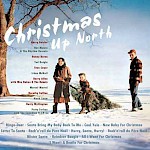
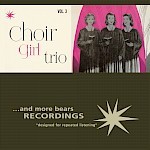
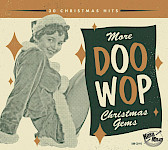




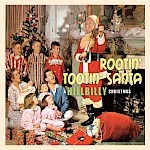
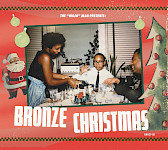
...and more bears CHRISTMAS BONANZA!
Dozens of albums with hundreds of songs. Discover your own Xmas rarities:

The idea of a jukebox always made good sense. When people got together to drink, dance, and let their hair down, music was a perfect addition. As a club owner, you only had two options. One was to bring in live musicians. But bringing in small combos to wail or honk their way through a few sets each night was going to take a cut out of your profits, and you also had to deal with the aggravations of hiring live musicians, no matter how good they sounded.
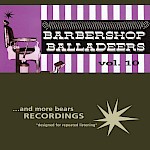
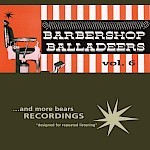
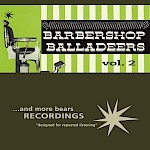


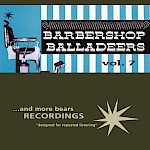

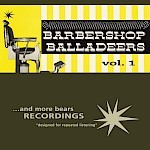
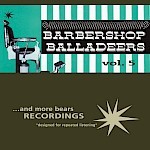
A good barbershop and good music – two things that go hand in hand. Today of course the music comes from a stylish vintage jukebox – or is streamed from a playlist. But what was it like back in the days when these technical means did not exist and even the wireless had not been invented yet? The Barber of Seville probably sang in person, and his colleages in the USA had the barbershop quartets: By the year 1900 these a cappella formations, consisting of bass, baritone, tenor and the dominant leading voice, had become established in barbershops all across North America. The four singers amazingly succeeded to create a full and unique sound. Instruments would have been too expensive anyway, and also too impractical for use inside these salons. And the listener does not miss them either. Furthermore, even bigger arrangements can be adapted, as the four registers correspond to the singing scheme of choirs and glee clubs, with one high and one low bass and tenor voice – in the case of female singers alto and soprano. That’s why the sound of orchestras, bands or solo instruments can also be performed by barbershop quartets.